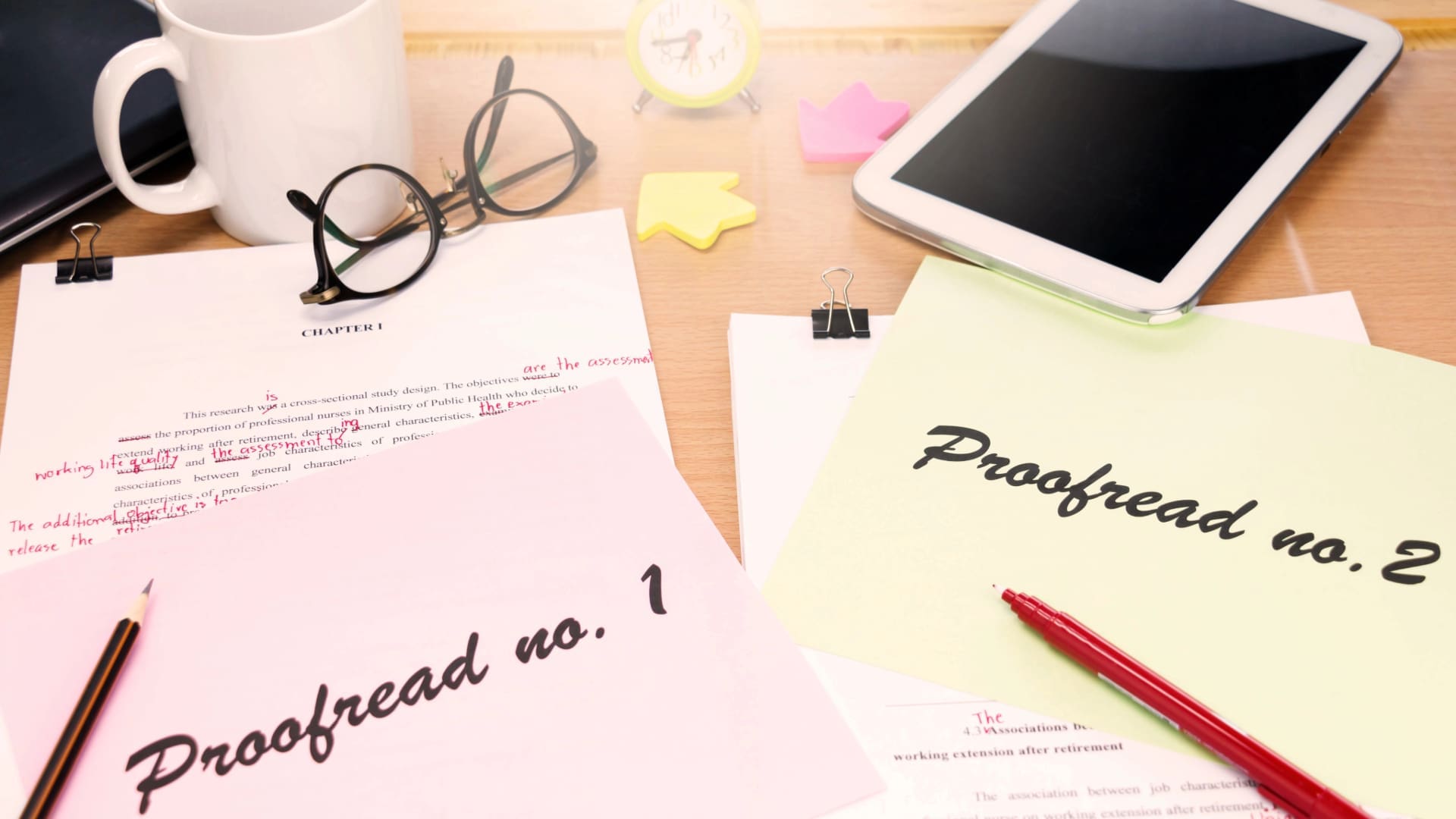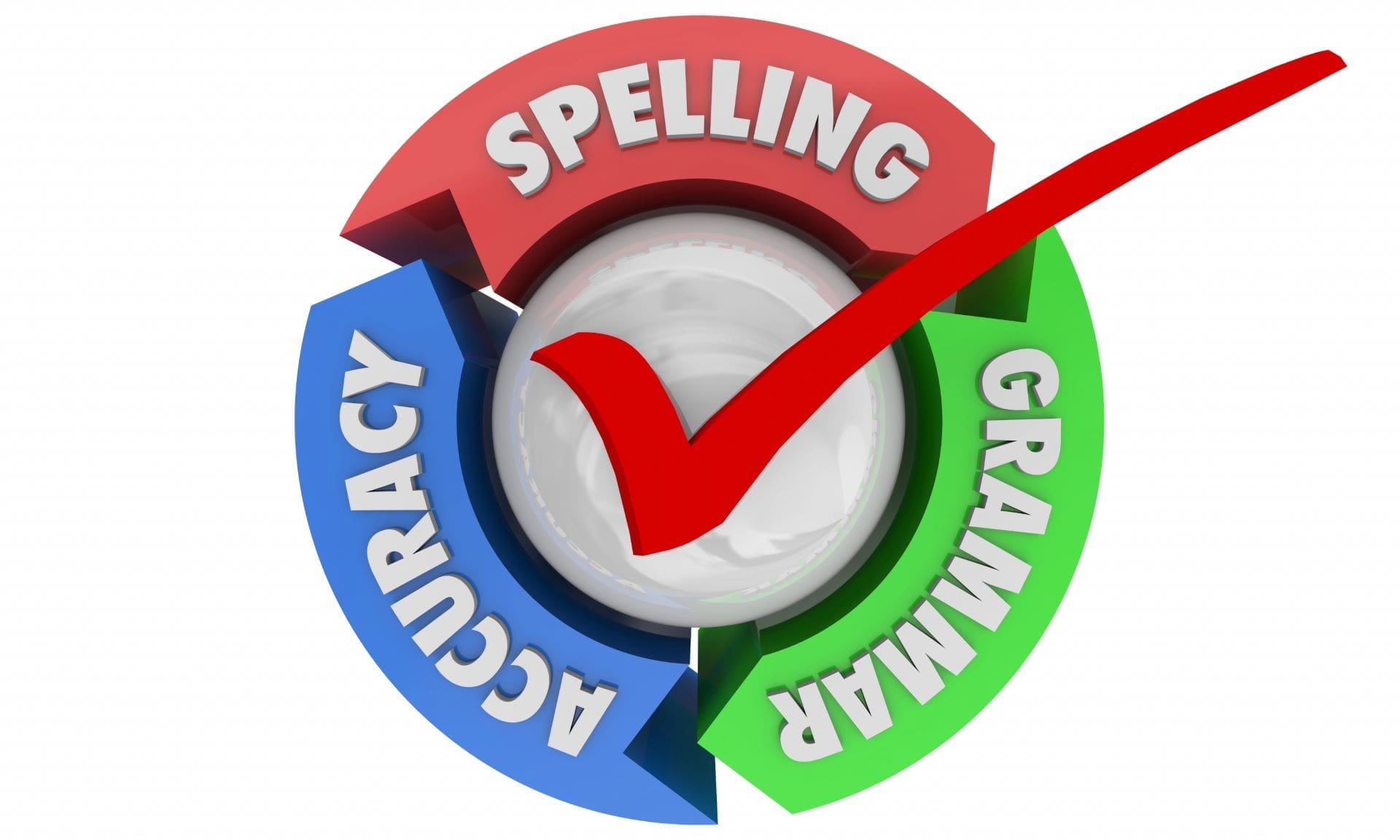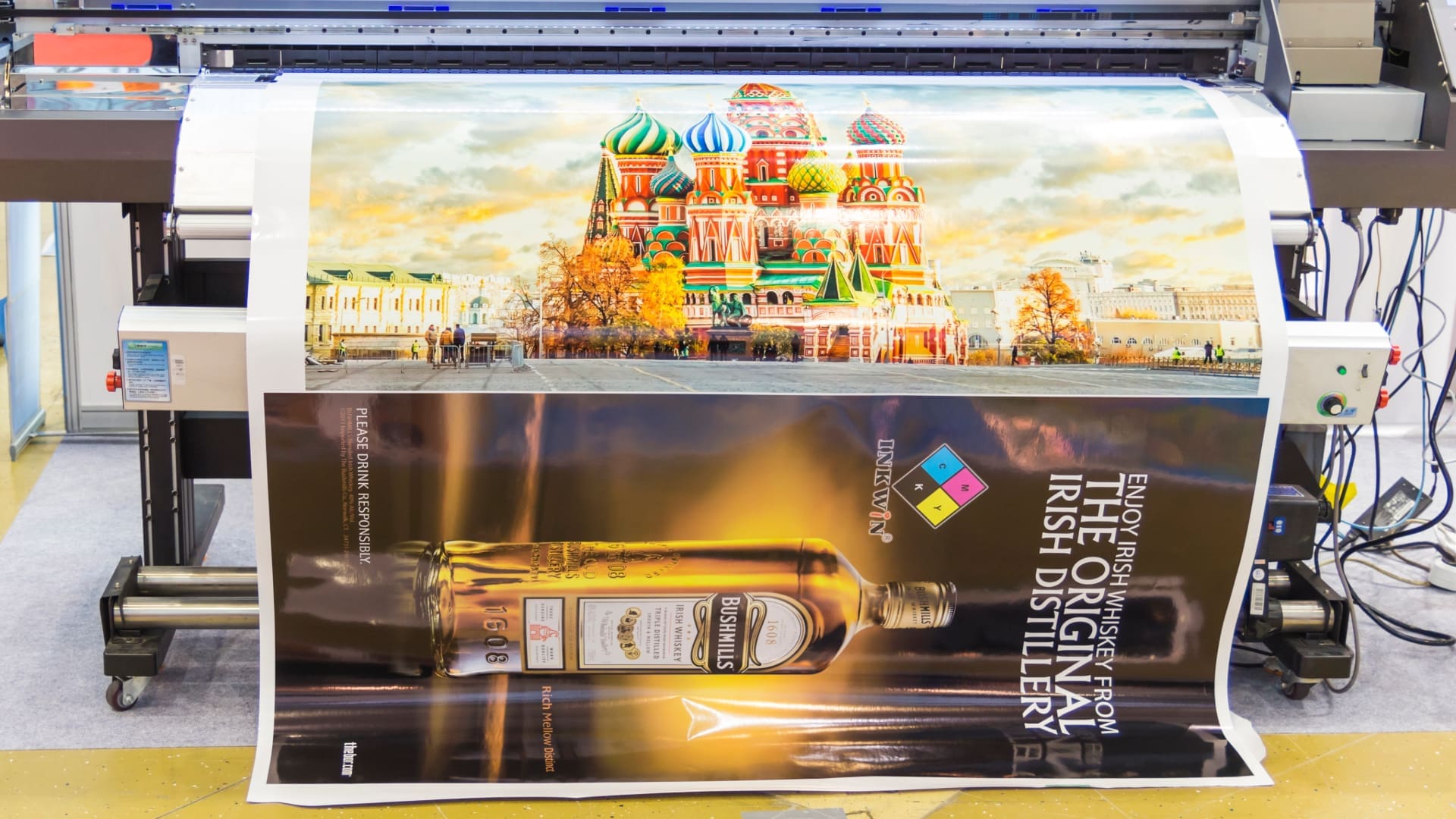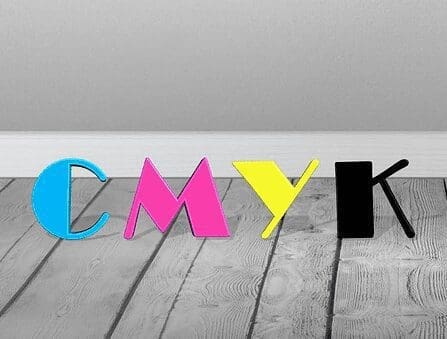“I can’t tell you how many times silly typos have been overlooked because someone was moving too fast. It’s even happened to me, and there’s nothing worse than printing 10,000 units that you have to throw away.” – John Hofmann, Founder of Fusion Marketing
In the fast-paced world of marketing and advertising, where deadlines loom and inboxes overflow, it’s tempting to give art proofs a quick glance before hitting the approve button. However, this rushed approach can lead to costly mistakes and missed opportunities to catch critical errors.

The Reality of Rushed Proofing
“I remember early in Fusion’s history, we were producing banners for a local politician,” shares Hofmann. “They ended up being printed with a glaring typo – ‘commited’ instead of ‘committed.’ It was one of our first experiences with something significant slipping through the cracks, and it taught us valuable lessons about the importance of thorough proofing processes.”

Building a Bulletproof Proof Review Process
Over the years, Fusion Marketing has developed a comprehensive proofing system that helps minimize errors:
Content Submission Protocol
Our art team requires all content in written format for direct copy-and-paste implementation, reducing errors in unique words and names.
Multi-Layer Review Process
- Initial automated spell-check through Adobe software
- Client review and sign-off, specifically addressing grammatical accuracy and critical details like phone numbers and addresses
- Final pre-production review by our team

Practical Art Proofing Tips from Industry Experience
While digital workflows dominate modern business, some traditional proofing methods remain invaluable:
- Print Hard Copies: Reviewing physical printouts often reveals errors missed on screen
- Line-by-Line Review: Taking the time to examine each line individually rather than scanning blocks of text
- Backward Reading: This technique helps prevent your brain from automatically filling in patterns and missing typos

The Technology Behind Quality Control
At Fusion, we’ve taken proofing to the next level by developing our own customized proofing system. Built from the ground up and continuously refined based on client feedback, this system represents years of learning and adaptation to real-world needs. It’s a living testament to our commitment to quality and client satisfaction.
Understanding Responsibility and Partnership
While our systems help catch errors, it’s important to note that final grammatical accuracy remains a shared responsibility. Unless specifically contracted for copywriting and editing services, clients play a crucial role in ensuring their content is error-free.

Common Art Proof Review Questions
Q: How long should I spend reviewing an art proof?
A: Take as much time as needed to review every detail carefully. Rush reviews often lead to missed errors and costly reprints.
Q: What should I look for when reviewing a proof?
A: Pay attention to the following:
- Spelling and grammar
- Contact information accuracy
- Brand colors and logo usage
- Image quality and placement
- Overall layout and formatting
Q: Why is it important to print a hard copy for review?
A: Physical copies often reveal errors that are easily missed on screen, as they provide a different perspective and eliminate digital distractions.

Print Marketing Quality Checklist
- ✓ Content accuracy verified
- ✓ Spelling and grammar checked
- ✓ Contact information confirmed
- ✓ Brand elements reviewed
- ✓ Images and graphics inspected
- ✓ Layout and formatting approved
- ✓ Physical proof reviewed
- ✓ Final team review completed

The Bottom Line
In today’s rapid-fire business environment, the temptation to rush through proofing is ever-present. However, the potential cost of reprinting materials or, worse, distributing incorrect information far outweighs the time saved by hasty reviews. Taking those extra moments to thoroughly review your proofs isn’t just about catching typos – it’s about protecting your brand’s reputation and resources.
Ready to ensure your print marketing materials are error-free? Contact Fusion Marketing to learn more about our professional proofing process and quality control systems.





